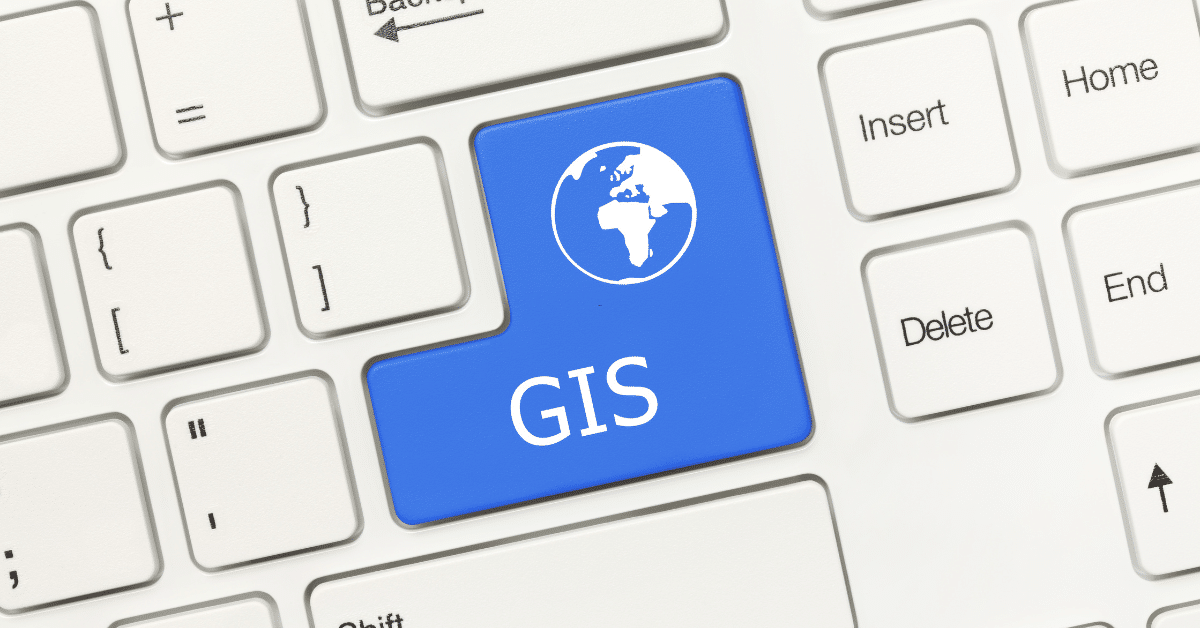
How Environmentalists Use GIS
Environmentalists use Geographic Information Systems (GIS) as a powerful tool to analyze, visualize, and manage spatial and environmental data.
Environmental Applications of GIS
1. Habitat and Biodiversity Conservation
- Mapping habitats for endangered species to identify critical zones for protection.
- Tracking species migration patterns and habitat changes over time.
- Creating corridors for wildlife movement and reducing human-wildlife conflict.
2. Environmental Impact Assessments (EIAs)
- GIS models are used to predict the impact of proposed developments on ecosystems.
- Overlaying various environmental layers (e.g., vegetation, soil, hydrology) helps in decision-making for sustainable planning.
3. Deforestation and Land Use Monitoring
- Detecting and tracking changes in forest cover using satellite imagery.
- Analyzing how urban expansion, agriculture, or logging impacts forest ecosystems.
- GIS-based tools (like Global Forest Watch) support real-time deforestation alerts.
4. Climate Change Analysis
- Mapping climate vulnerability zones for droughts, sea level rise, or heatwaves.
- Modeling carbon sequestration areas like wetlands or forests.
- Monitoring glacial retreat, snowpack reduction, and shifting climate zones.
5. Water Resources Management
- Mapping watersheds, aquifers, and surface water for conservation.
- Monitoring pollution sources, such as agricultural runoff or industrial discharge.
- Planning restoration projects for degraded rivers, lakes, and wetlands.
6. Disaster Risk and Response
- Identifying flood-prone or wildfire-vulnerable areas.
- Planning evacuation routes and resource distribution during disasters.
- Post-disaster assessment using before-and-after satellite imagery.
7. Citizen Science and Community Engagement
- GIS platforms (like ArcGIS Online or mobile apps) allow the public to report environmental issues, such as illegal dumping or pollution.
- Environmental NGOs use GIS dashboards to visualize advocacy campaigns and share data with policymakers.
In this video, hear about the work of the Allegheny-Blue Ridge Alliance (ABRA). ABRA’s Conservation Hub program promotes responsible resource management by providing access to critical information needed for effective public involvement in environmental review and oversight. The Hub uses GIS mapping to provide details and context for land development projects and management practices that involve risk of environmental harm, as well as for environmental preservation and restoration initiatives. The Conservation Hub also provides access to regulatory documents and assessments related to specific projects or issues. Dan Shaffer, ABRA’s Executive Director and GIS Program Manager will describe how the Conservation Hub is currently helping advocates address problems and threats from a major highway project (Corridor H), land application of sewage sludge in Virginia, and management of National Forests in VA and WV.